Anglerfish are deep-sea predators famous for their method of hunting. Arguably some of the ugliest looking creatures in the depths of the ocean (following behind the blobfish) these creatures are usually rounded in shape with a long growth sprouting from the head. The fleshy growth acts as a lure to draw in prey, which the anglerfish engulfs with its large, toothy mouth. Read on to learn about the anglerfish.
Description of the Anglerfish
There are approximately 210 different species of anglerfish, and each has a slightly different shape and appearance. For the most part they have rounded bodies that are slightly flattened in some way.
The species the live near the sea floor have bodies that are dorsoventrally compressed. This means that their bodies are shorter, with wider sides, almost like someone smooshed them down onto the sea floor. The species that swim freely about are more laterally compressed, which means that they are taller and more narrow on the sides.
Interesting Facts About the Anglerfish
There are so many different species with so many unique body shapes and adaptations. These incredibly interesting creatures are well suited for life in the depths of the oceans.
- Light Me Up – When living in the deep sea, where light is hard to come by, what’s the best way to attract attention? By producing light of course! Many species of anglerfishes have light in their lures to attract prey. This light comes from light-producing plankton.
- Take Me With You! – Finding mates in the pitch black deep-sea environment can be difficult. When a male finds himself a lovely lady he will bite her skin, and stay there! He fuses into her body, becoming nothing more than a sperm-producing lump.
- Big Lady – Like many other animal species, these creatures exhibit sexual dimorphism. That means that females and males are different enough to tell apart. Female anglerfishes are much larger than males.
- Lovely Lure – The highly specialized lure used to entice their prey is known as an “esca.” This esca consists of a tall spine with a fleshy nob at the end. The fleshy part contains the light producing plankton discussed above.
Habitat of the Anglerfish
The 210 different anglerfish species live in virtually all oceanic habitats. Some are found exclusively in the deep sea, others are found closer to shore. Some species live in coral reefs and others on sandy ocean bottoms. The most grotesque looking species are generally deep sea creatures, some can live well below 3,000 feet beneath the surface.
Distribution of the Anglerfish
Different species have different ranges. Combined, these creatures can be found virtually worldwide. Some species are found exclusively in small portions of the oceans, while others are more cosmopolitan and can be found worldwide. For example, the deep sea anglerfish is found worldwide in oceans below 3,000 ft., but the blackbellied angler is found only in the Mediterranean Sea.
Diet of the Anglerfish
These predators feed on a wide variety of fish, crustaceans, and cephalopods. Especially in deep-sea environments, you can’t afford to be picky! They have large mouths, and can swallow prey almost as large as themselves. Some commonly eaten food includes small fish, squid, snails, shrimp, and more. Each species has different prey that they will frequently feed on, depending on their range and feeding habits.
Anglerfish and Human Interaction
The vast majority of species do not come in contact with humans frequently. Especially in the deep sea, the occasional bycatch is not uncommon, but they are mostly not targeted.
However, anglerfish in the lophiidae family are targeted as a commercial fishery. This family is also known as monkfish or goosefish, and they are frequently eaten in North America and Asia. In Korea and Japan monkfish liver is considered a delicacy.
Domestication
No species of anglerfish have been domesticated in any way.
Does the Anglerfish Make a Good Pet
Some of the smaller, shallow water species are kept as pets. For those species that have sustainable captive breeding populations, owning one as a pet can be perfectly harmless. They are, however, hands-off pets, and saltwater aquariums can be very time consuming.
Anglerfish Care
Different anglerfish species have vastly different needs in aquariums. Some species have never been kept in captivity and there is no knowledge of what it takes to keep them alive, particularly deep-sea residents.
Other species that reside in shallower waters, like frogfish, are kept in aquariums. Each species has different needs, but for the most part they will feed on anything that can fit in their mouths.
Behavior of the Anglerfish
The behavior of these fish varies based on the species. In general, these creatures are either benthic or pelagic. Benthic species live on the sea floor, and are generally ambush predators. Pelagic species swim freely, but for the most part are also ambush predators. They will drift in wait while their lure draws prey to them, and when it gets close enough they swallow it whole.
Reproduction of the Anglerfish
In some species, the male will bite onto the female’s skin and slowly fuse into her over time. He becomes a fleshy protrusion, and serves as a constant sperm production for her. Other species reproduce more normally. Each species has different breeding habits and reproductive strategies. Some lay small numbers of eggs, while others lay many eggs in one large group.

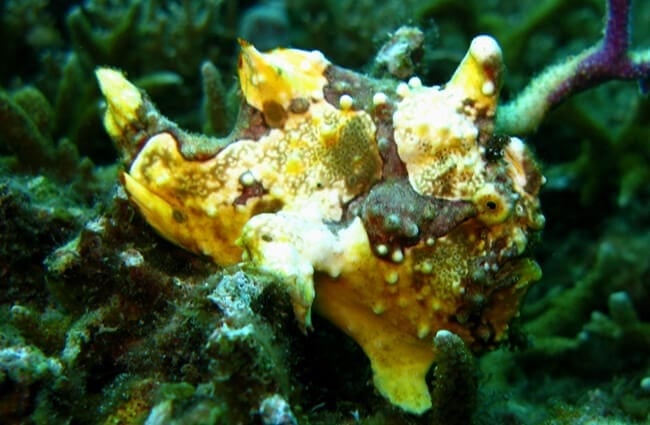
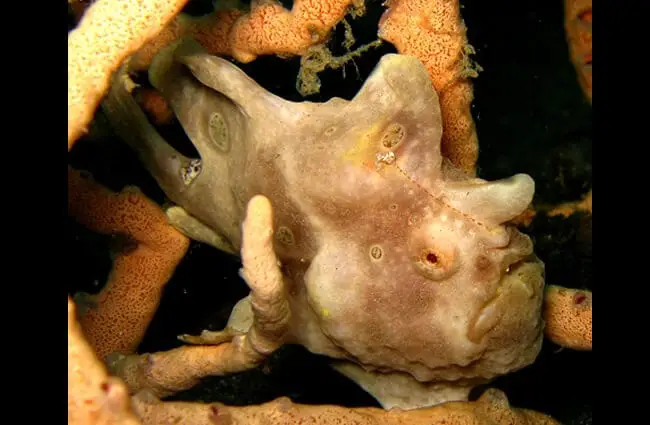
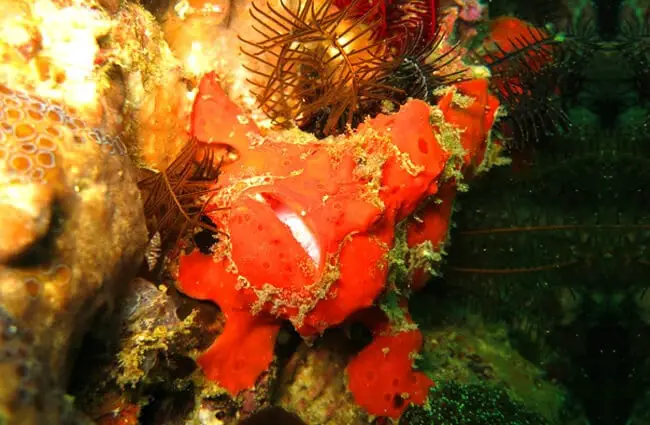

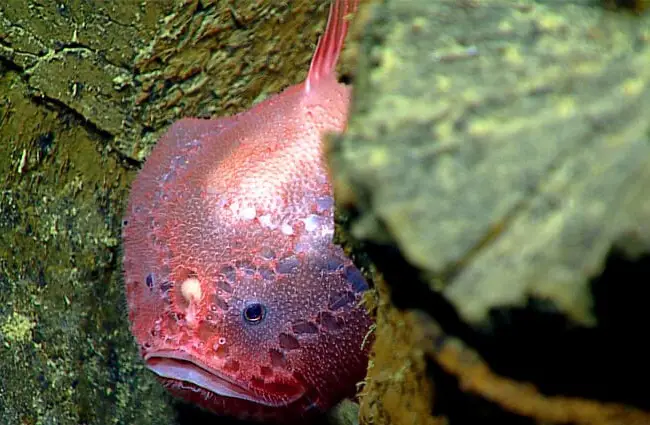
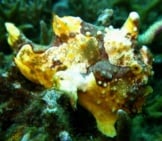

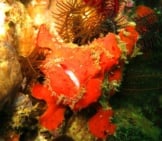
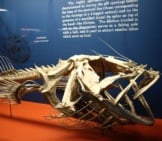
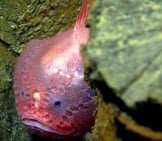
![Red Angus Closeup of a beautiful Red Angus cowPhoto by: U.S. Department of Agriculture [pubic domain]https://creativecommons.org/licenses/by/2.0/](https://animals.net/wp-content/uploads/2020/03/Red-Angus-4-238x178.jpg)












![Red Angus Closeup of a beautiful Red Angus cowPhoto by: U.S. Department of Agriculture [pubic domain]https://creativecommons.org/licenses/by/2.0/](https://animals.net/wp-content/uploads/2020/03/Red-Angus-4-100x75.jpg)

